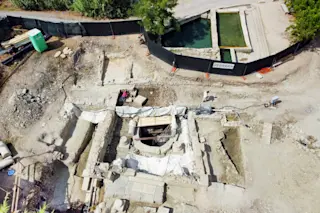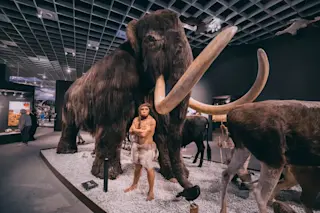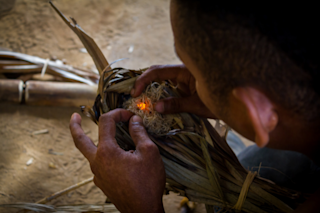Two years ago this month, I was taken aback by some explosive news. A team of Indonesian and Australian scientists reported that they had discovered fossils of what they claimed was a new species of hominid. It lived on the island of Flores in Indonesia, it stood three feet tall, and it had a brain about the size of a chimp's. Making the report particularly remarkable was the fact that this hominid, which the scientists dubbed Homo floresiensis, lived as recently as 18,000 years ago. I wrote up a post on the paper, and took note of some strong skepticism from some quarters. And since then, I've found myself devoting a number of posts to the new papers from the discoverers of Homo floresiensis, and the emerging responses from the skeptics--so many that I gave them their own category. Recently there's been so much stuff coming out pro and con ...
Homo floresiensis: Two Years Out
Discover the fascinating story behind the Homo floresiensis discovery, the small-brained hominid that lived on Flores Island.
More on Discover
Stay Curious
SubscribeTo The Magazine
Save up to 40% off the cover price when you subscribe to Discover magazine.
Subscribe












